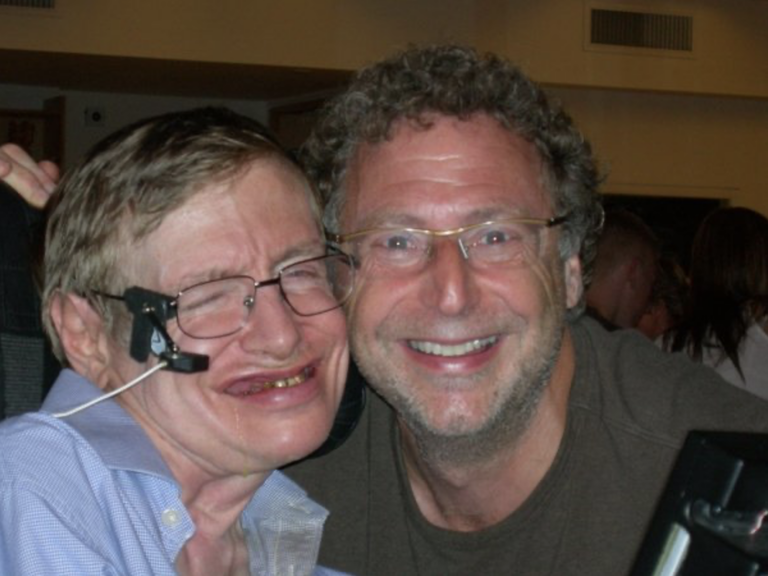I recently reviewed the book Elastic by Leonard Mlodinow and have been thinking more about his discussion on how we understand what someone is saying to us.
He explains that when you are listening to someone speak, rather than trying to decide the meaning of each word as it is spoken, your brain keeps the whole sentence and the larger context in mind while making sense of the words. To accomplish that, as we hear or read each word, we hold its possible definitions in our working memory while our brain processes the other words of the sentence and considers their range of definitions. Only at the end do we put it all together.
Mlodinow gives the example sentence:
“The cooking teacher said the young children made bad snacks.”
When you read that, your unconscious mind quickly sorted through the various meanings of all the words and chose the appropriate ones.

Now read this sentence:
“The cannibal said the young children made bad snacks.”
Chances are this time you assigned a different meaning to the word made and the sentence.

In this example, the key words that changed the meaning (cooking teacher and cannibal) came near the start of the sentence and provided context for the words that followed. However, this isn’t always the case.
For example, in the Japanese language the word order means that you often need to wait to hear the last word in the sentence to be sure about the speaker’s meaning. For example, to translate the English phrase “I can’t get along with him anymore” the word order in Japanese would be “I him get along with can’t.”
彼とは仲良くできない
As Keiko Tanaka explains, when you finally hear the last word, it can come as a pleasant surprise or a disappointment. Japanese people are used to waiting until the end of the sentence to confirm the speaker’s meaning.
English speakers usually obtain most of their cues for meaning earlier in a sentence, and we tend to jump to conclusions before the speaker has finished speaking. This is can sometimes lead to us making assumptions and not thinking carefully about what the speaker is trying to convey.
This Leonard Mlodinow discovered this about himself when he was working with Stephen Hawking. They co-authored two books together. Mlodinow describes how his communication with Stephen Hawking created a different way for him to begin to understand what Stephen was saying to him.

Stephen Hawking and Leonard Mlodinow
Since Hawking couldn’t speak, he communicated through his computer. He could compose his sentences at a rate of only about six words a minute. Mlodinow says that at first, he would sit impatiently, daydreaming, while Hawking completed his composition. Then one day, he had a moment of great insight:
“…I was looking over his shoulder at his computer screen, where the sentence he was constructing was visible, and I started thinking about his evolving reply. By the time he had completed it, I had had several minutes to ponder the ideas he expressed. That incident led me to a revelation. In normal conversations, we are expected to reply to each other within seconds, and as a result, our volleys of speech come almost automatically, from a superficial place in our minds. In my conversations with Stephen, the stretching of those seconds to minutes had a hugely beneficial effect. It allowed me to more profoundly consider his remarks, and it enabled my own ideas, and my reaction to his, to percolate as they never can in ordinary conversations. As a result, the slowed pace endowed my exchanges with a depth of thought not possible in the rush of normal communication.”
This is a wonderful example of how something that many would consider a disability – the inability to speak and to reply quickly during a conversation – was in fact an opportunity for others to think more carefully about what the non-speaker had to say.
It’s also a great example of the power of slowing down and focusing on what the speaker has to say as they are composing their message, rather than rushing in with assumed understanding and a reply.

What makes you uncomfortable or stressed in conflict situations?
What helps you communicate effectively in conflict situations?
What process boundaries would support you in conflict situations?
What substantive boundaries would support you in conflict situations?
What physical boundaries would support you in conflict situations?

Leonard Mlodinow, Elastic (2018)
Leonard Mlodinow, Stephen Hawking, Force of Nature, 14 March 2018
https://www.nytimes.com/2018/03/14/opinion/stephen-hawking-death-.html
Keiko Tanaka (2023) “Mediation in the context of Japanese ideology and language”, published by The Academy of Experts in The Expert & Dispute Resolver, Volume 28, Number 1.

